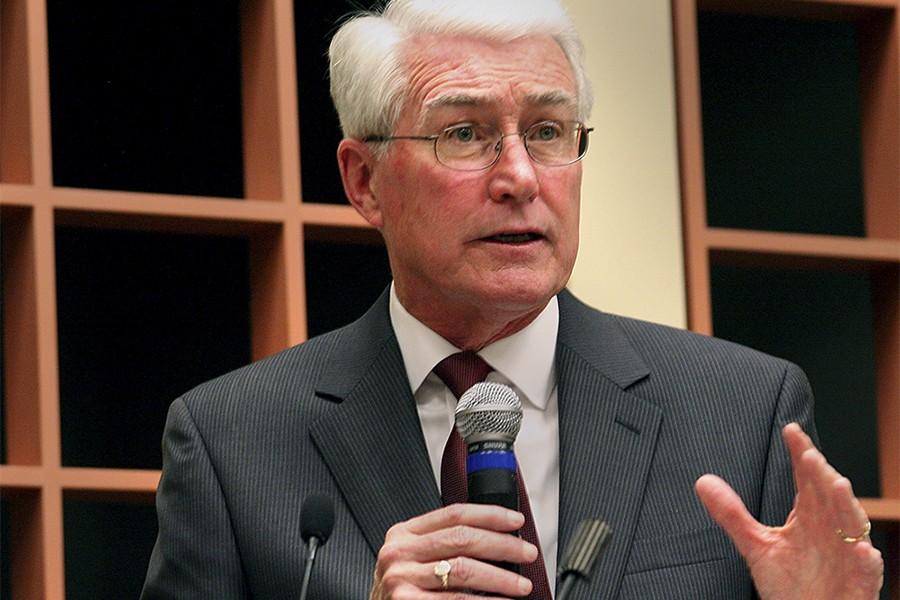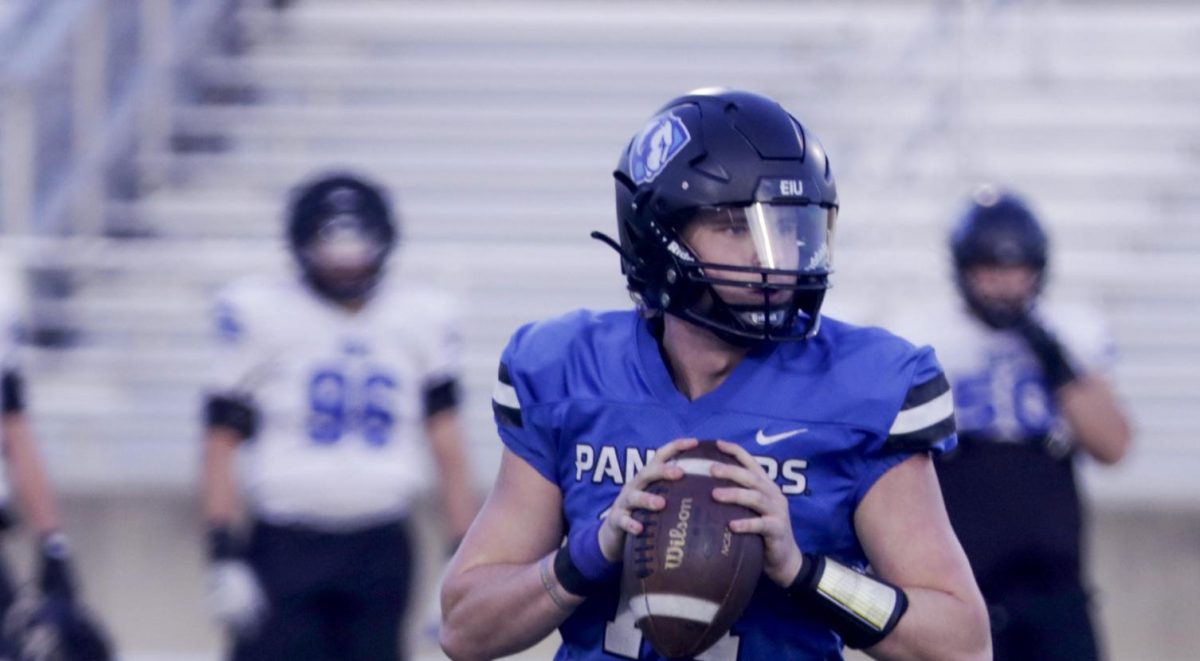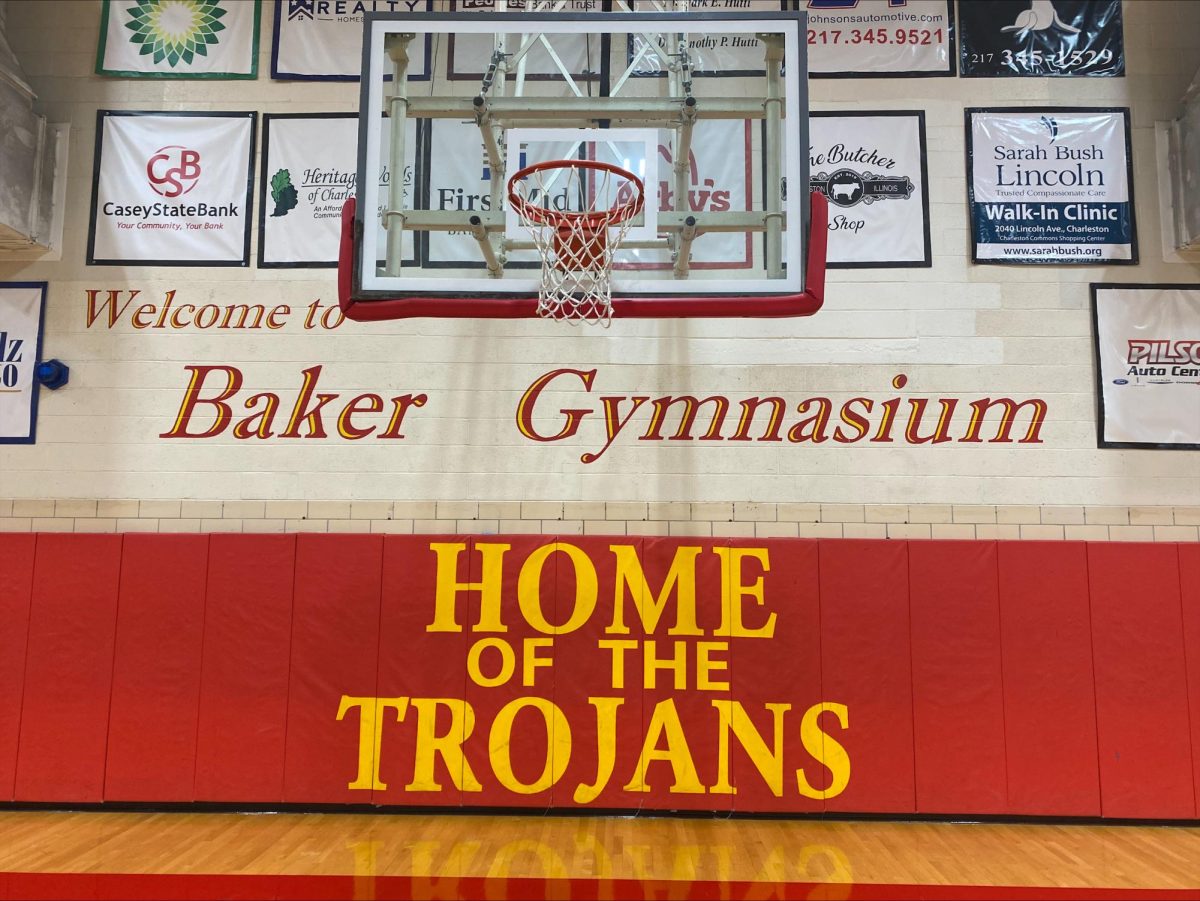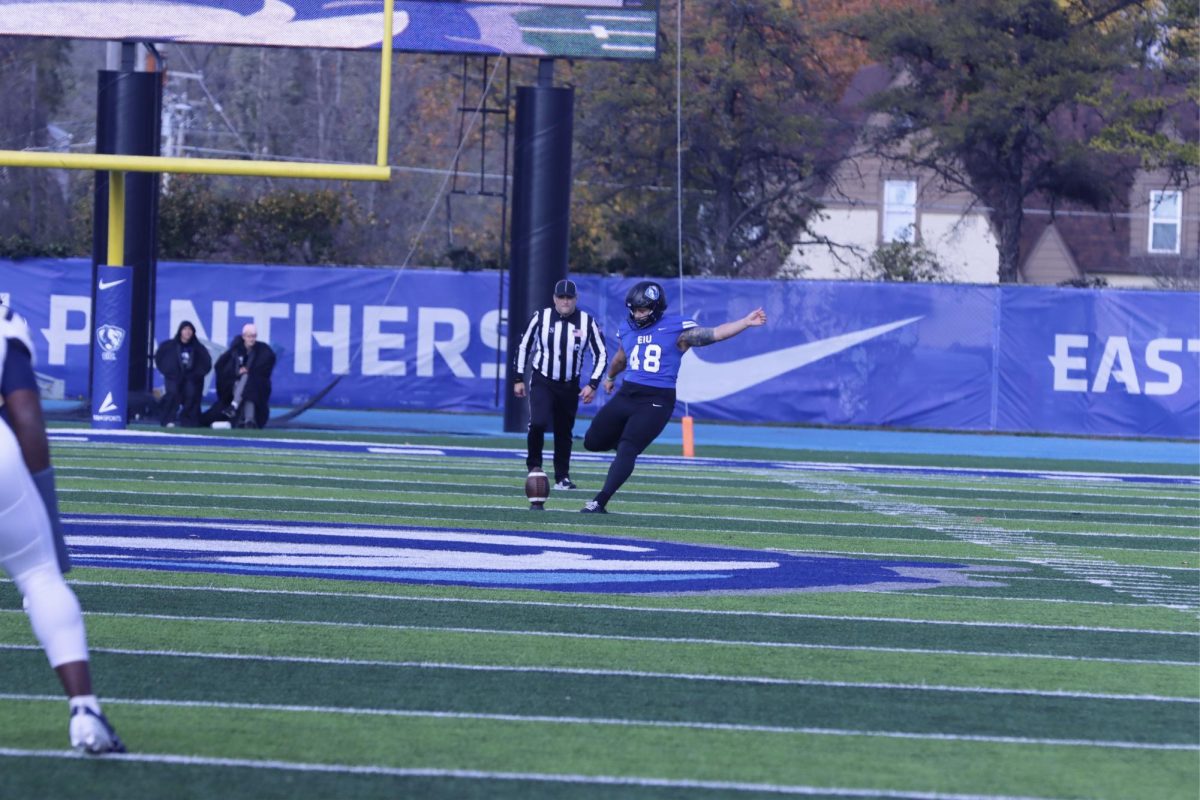Audit initiates other energy saving projects, upgrades on campus
The investment grade energy audit conducted by Eastern and its partner Honeywell International produced $80 million worth of projects, which includes the new Renewable Energy Center and other capital additions and improvements.
These improvements will come at no cost to students, taxpayers or the state of Illinois, said Jeff Cooley, vice president for business affairs.
He said existing operating budgets pay for these projects.
Honeywell conducted the energy audit in a 90-day time period. The audit was concluded on Oct. 7.
Since the audit is now completed, the proposals go up for approval by the Board of Trustees at Friday’s meeting.
An audit is intended to find energy savings opportunities or energy conservation measures as well as determine the cost of implementation.
“The investment grade energy audit is a process by which the ESCO partner Honeywell comes in, brings experts in each of the fields of energy and does a thorough comprehensive investigation of the campus operations and buildings and systems to try to find potentials for saving energy on our campus,” said Gary Reed, director of facilities, planning and management.
Cooley said the university consulted the Public University Energy Conservation Act, which outlines steps for universities to take for projects.
One of those steps is the investment grade energy audit.
Driving the audit was the need for a new steam plant.
“One of the things we identified early on was the need to replace our power plant and any other opportunity we might have for energy conservation to allow us to save money and then those savings we reinvest back into the university and pay for these improvements we’re making,” Cooley said.
Upcoming changes
Eastern’s audit resulted in the proposal of 19 projects.
All projects implemented must make savings efficient to pay themselves off within 20 years, Reed said.
Reed said the 19 energy conservation measures identified through the audit were recognized as being cost effective.
Reed said the university has a written guarantee with Honeywell that the university will save enough in energy dollars to pay off the repayment of the debt procured through the projects
“If they fail to make their guarantee, they write us a check for the difference,” he said.
Projects include the new Renewable Energy Center, which will replace the current steam plant, and a three-turbine wind farm.
Carman Hall is served on a stand-alone natural gas boiler and a separate electrical feed. With the new plant, Carman will now be incorporated with the entire campus. Lighting in Lantz Arena, Lantz Fieldhouse and the Student Recreation Center will be upgraded to more energy efficient designs. Automatic controls that turn lights off when spaces are not occupied or reduce lighting in areas when daylight is readily available will be put in all areas that are cost-effective.
Windows will also be replaced in the South Quad resident halls and Stevenson Hall.
These windows are original to the buildings and edge and side seals are poor or non-existent.
The audit also outlined 13 other projects to upgrade.
Chosen partner
Before conducting an audit, the university first sent out a Request for Proposal last February. The proposal requested energy companies to conduct an audit. After a committee analyzed all the responses, Honeywell was chosen as the partner.
Reed said his staff at the facilities, planning and management put together some potential items that the university wanted the partner to take a closer look at.
Ryan Siegel, energy and sustainability coordinator, said the staff had put out a little over 20 ideas that they thought might be viable.
“Some of those came back through the analysis and were not viable, but (Honeywell) also added their own and said here are some we came up with,” Siegel said.
To determine what should be addressed in the audit, Honeywell brought in different companies specialized in their field to look at the different areas on campus, Siegel said.
He said a company from Canada was brought in to look at the air infiltration of Eastern’s windows and ceiling because Canada has very stringent air infiltration standards.
“The specialists are knowing what exactly they’re looking for and where the problem areas tend to be,” Siegel said.
Honeywell evaluates the current situation as well as potential savings from new equipment efficiency gains,” he said.
They bring in contractors to do quotations on the different work to come up with cost estimates for the projects.
Guaranteed performance
Siegel said deciding what projects should be included is often looking around to see where efficiency improvements could be made that may require capital improvements.
“The university obviously doesn’t have a capital fund and has used performance contracts to gain capital improvements without needing to have a capital fund,” he said.
The energy services company, in this case Honeywell, goes through an analysis of current operations as well as modeling and measuring what efficiency gains there will be to try and come up with what is the guaranteed performance on the saving measure, Siegel said.
Honeywell then develops cost estimates for implementation as well as savings estimates, and then they run a financial model and say based on the savings can Eastern pay for the installation of the equipment over the span of the contract, Siegel said.
“There are a number of items we had looked at and just said they’re just not financially viable,” he said.
Cooley said deciding what projects to implement and what not to all comes down to money.
He said certain projects are more economical to do than others.
An example of this was solar energy.
Siegel said the audit looked at alternative energies like solar thermal, solar electric and wind.
“The two solar options were not economical at this time,” he said. “However, the wind does appear to be economically viable.”
Siegel said while these are not financially viable only at this time.
“In the future, as market conditions change – like in the case of solar – as the price of solar comes down, as the price of energy goes up,” he said. “There will be a point at which solar is likely to become viable.”
That’s another place where some of these ideas come from.
“We go back and look at the previous contracts and say what did they look at that was not viable at that point and see if its viable today,” Siegel said.
Past results
Conducting an audit comes out of process of doing performance contracts.
Siegel said Eastern has been doing performance contracting since 1995.
This is Eastern’s third major project.
Performance contracts have an audit phase, a construction phase and then a measurement and verification phase, Siegel said.
The audit finds out what is viable, then builds those viable energy measures, and measures and verifies that makes sure what was guaranteed in the projects gets achieved.
All of Eastern’s previous projects have gone through this same audit phase.
The first project was a pilot project by Governor Jim Edgar at the time, Siegel said.
“We were the higher education institution to participate in that one so that (audit) was getting a feel for the process,” he said.
The results of the first audit brought simpler changes to the university, such as lighting. The second project brought more water-based changes because Charleston had raised the water rates significantly that year, Siegel said.
“So far through the first two contracts we’ve cut energy consumption by 30 percent,” Siegel said. “Water consumption has fallen by 50 percent so these have been substantial savings to the university as well as the environment.”
Emily Zulz can be reached at 581-7942 or at eazulz@eiu.edu.


































































